As the second electric model introduced by BMW to the market, the iX3 caters well to daily urban needs; but it will still take time to reach customers.
Leading the way in BMW’s electric era
In Vietnam, after launching the domestically assembled BMW lineup last year at an attractive price, Thaco distributor quickly introduced the top 7-Series duo along with the i7 electric model earlier this year. And now both the BMW i4 and BMW iX3 have been officially unveiled.
Before the i4 and iX3 duo arrives in Vietnam and the local driving community can experience them firsthand; let’s see what the experts from Top Gear – UK have to say about this small-sized electric SUV.
Little design differentiation, but optimized for daily use
Being the last to be introduced, when the third-generation BMW X3 petrol, diesel, and PHEV versions had already hit the market; BMW didn’t change much in terms of design for the iX3. In fact, both the exterior, interior, and chassis of the car are similar to the combustion engine versions.
The front of the car still features the characteristic kidney grille with two air intakes, but it has a more eye-catching and impressive appearance with the grille transformed into a solid form and acting as an air intake. The laser eyes are still shaped like familiar fish hooks. Meanwhile, the front bumper is angular, sharp, and has a distinct electric feel with a blue accent.
Because it was not optimized for space in the design phase for the electric version, the BMW iX3 will have some noteworthy points: the battery pack has limited capacity and has to be located under the floor of the car, so the ground clearance will be affected. There is no improvement in legroom for passengers, and there is no additional trunk compartment under the hood.
BMW iX3 is also only equipped with rear-wheel drive, instead of all-wheel drive with 2 motors placed on both front and rear axles like some competitors in the segment. The car is only equipped with an 80 kWh battery and the actual available figure is 74 kWh – quite modest compared to the scale of a luxury electric SUV.
The power of the BMW iX3 only reaches 286 horsepower and 400Nm of torque. The car’s acceleration from 0-100km/h is 6.8 seconds. These numbers are not large in the electric car world and are only equivalent to good-performing combustion engine models.
But don’t rush to judge because according to BMW engineers, the iX3 was created to serve as a daily electric car, calmly cruising through the city rather than racing. That’s why the car’s power is adjusted very reasonably for this purpose. With the maximum power limited, the BMW iX3 can achieve a range of up to 460 kilometers per full charge.
Moreover, thanks to being built on a high-voltage platform, the BMW iX3 can be compatible with high-power chargers – up to 150 kW. When buying a car in Vietnam, customers will be given a wall charger – allowing them to fully charge the battery from 0-100% in just 7.5 hours. This is a very noteworthy feature for a versatile SUV for daily commuting.
Not for racing, so who is this BMW iX3 for
Unlike the traditional user group – who usually seek out BMW products for the fun driving sensation, “blazing fast” acceleration power, or sports experience; the BMW iX3 targets a new group of customers – which is highly developed in the US or China. These are users who do not go off-roading but still need a versatile SUV, with adequate space for the family and a roomy trunk.
Real-world experience shows that the locally assembled BMW iX3 in the factory in China has finished quality on par with the X3s in the US or iX3s freshly rolled off the assembly line at the company’s plant in Munich, Germany. At the same time, the BMW iX3 also benefits from all the latest infotainment systems from BMW; including fifth-generation BMW eDrive technology.
Compared to other small luxury electric SUVs like the Jaguar i-Pace, Mercedes-Benz EQC 400, or Audi e-tron 50; the BMW iX3 has a more accessible price (in the UK market). In Vietnam, Thaco’s BMW iX3 distribution price is 3.5 billion VND – significantly higher than the Audi e-tron 50 quattro competitor, which is listed at just under 3 billion VND with a comparable power configuration.
In addition, the mass-market segment in Vietnam has officially welcomed another small-sized electric car – Hyundai Ioniq 5 with a price range from 1.3 – 1.45 billion VND; alongside other notable options like VinFast VF8 in the price range below 1.5 billion VND. It can be said that the electric car sector in the Vietnamese market is booming, with new and unfamiliar names appearing every day. In that context, it is clear that the BMW iX3 has a lot more to do to convince customers.
Anh Phan (Tuoitrethudo)
Source: Top Gear

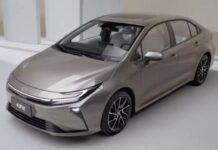
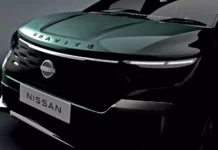


























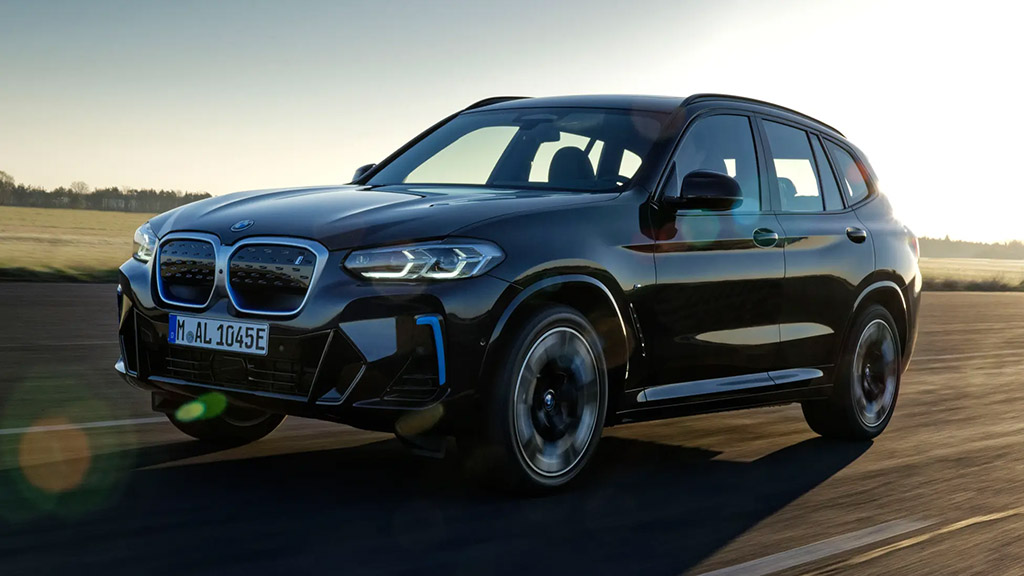

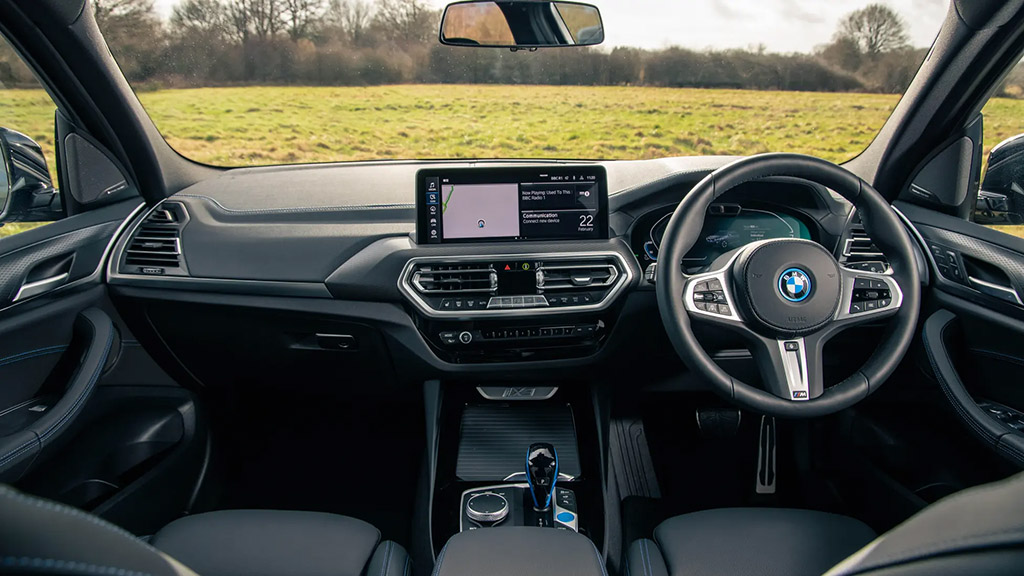
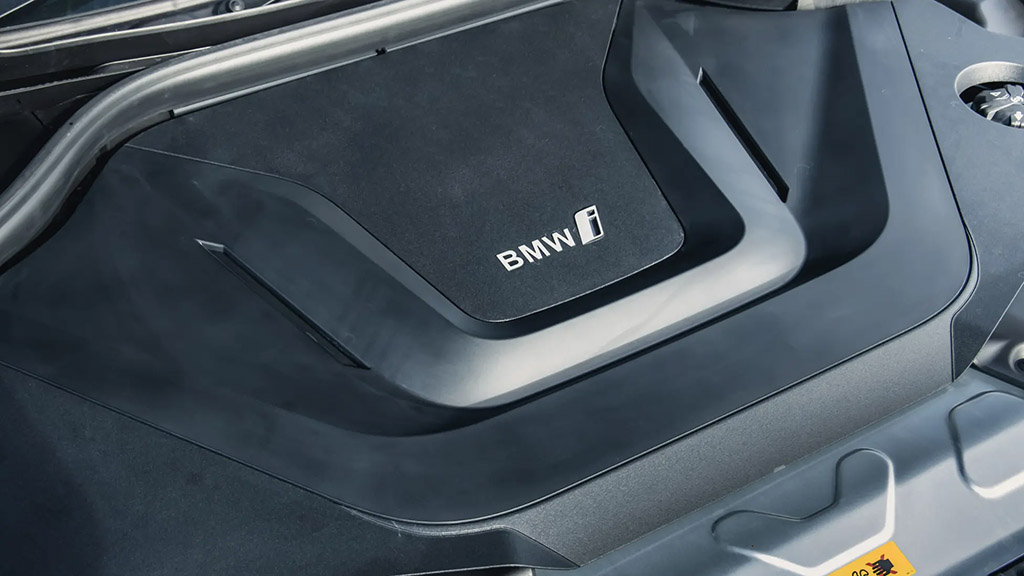

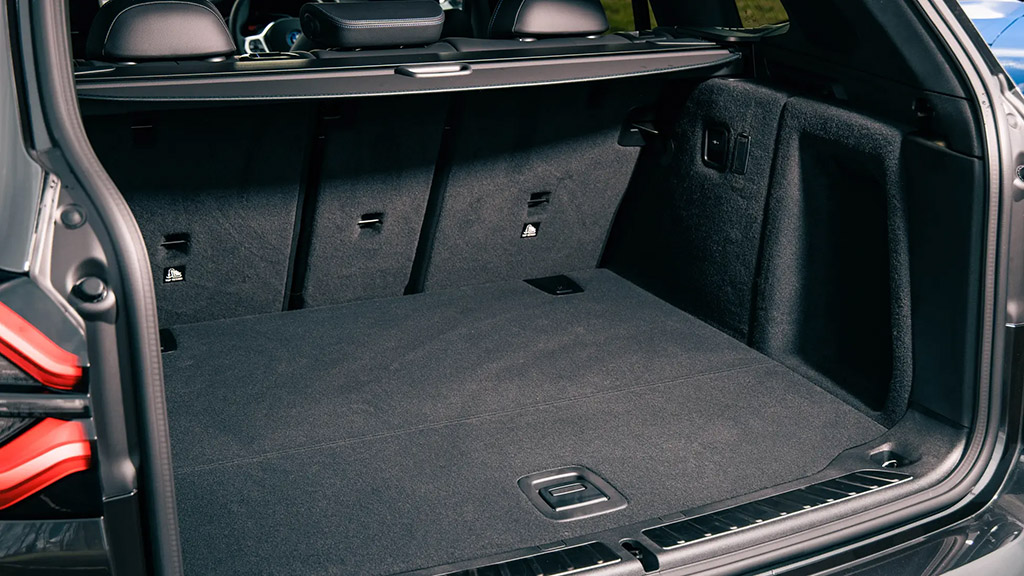

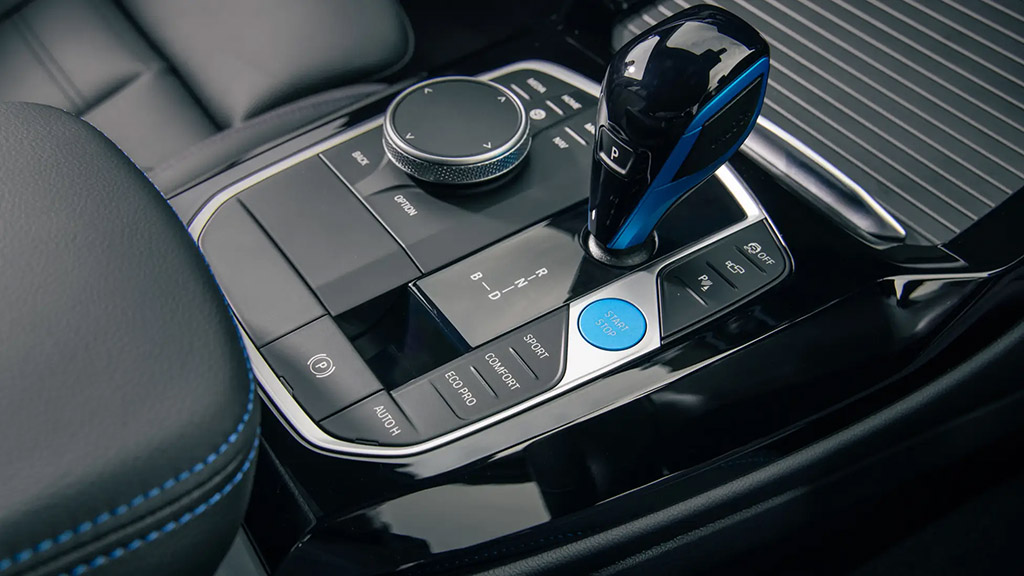








![[Quick Review] Audi RS e-tron GT: A Sporty Powerhouse](https://vnauto.net/wp-content/uploads/2023/11/xehay-audietrongt-08052023-4-100x70.jpg)
![[CAR REVIEW] Honda City 2023: Delivering Consumer Satisfaction with Ease](https://vnauto.net/wp-content/uploads/2024/02/xehay-hondacity-26092023-1-100x70.jpg)
